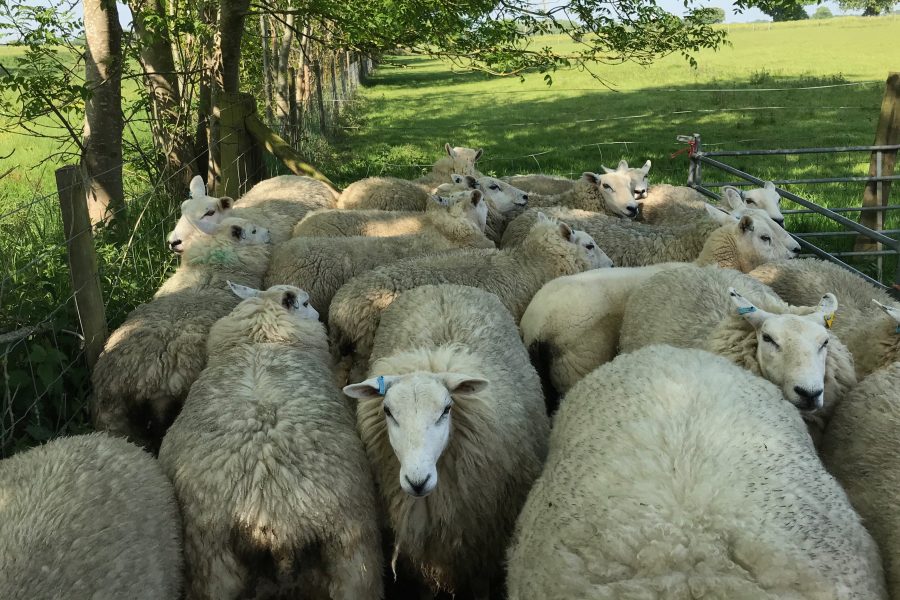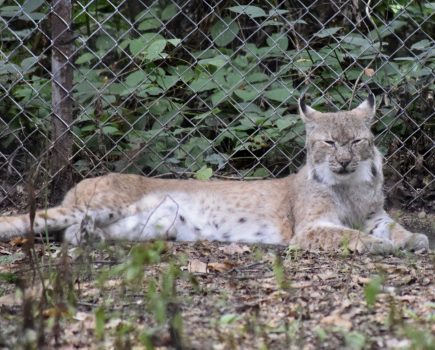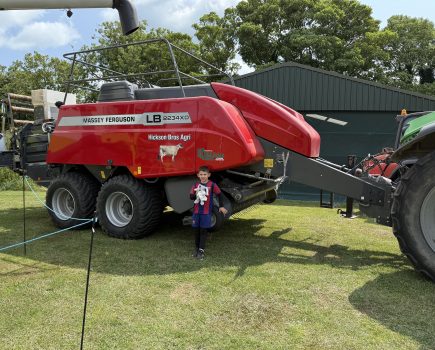So far this marketing season, lamb prices have remained significantly above those of last year, promoting a reasonable degree of confidence within the sheep sector, although it has not all been plain sailing and there have been a few knocks. The decision by Morrison’s to abandon its commitment to sourcing only British lamb, for example, came as a bit of a surprise to producers.
This was ostensibly a policy about-turn allowing the supermarket to “trial” New Zealand lamb; not exactly a new product, it has only been available in the UK since the Dunedin first sailed from New Zealand with a cargo of frozen lamb on board some 142 years ago. It has absolutely nothing to do with a decent run of sensible UK lamb market prices of course; that’s pure coincidence.
The good run of lamb prices this season has tempted some breeders to draw females, which would ordinarily have been destined for breeding stock sales later in the year, for the finished lamb market, with a significant number of these coming forward. Together with the impact of the drop in the national flock in 2023 (-4.1% overall, -2.4% of the ewe flock), supplies of breeding females will almost certainly tighten and should, as long as confidence remains fairly strong, generate a bit of a lift in prices for the autumn breeding ewe sales.
It is quite reasonable that producers of breeding stock should also derive some benefit from the higher prices and bonuses enjoyed by finished lamb producers over this marketing season. Only time will tell, but some of the earlier sales of ewes off farms or on line will no doubt set the pace; the supply situation should be the important price determinant here, rather than simply picking up from last year’s sales prices. At this point it’s vitally important that breeders do not undersell stock, something which seems to be a frequent issue with some on line sellers; such behaviour devalues our sheep, particularly where stock of any quality is concerned, and does nobody any favours.
To change the subject somewhat, I recently read, with some interest, an article written by a well-known cattle breeder and respected judge, the thrust of which was that, in spite of the enjoyment that he had derived from judging over many years, he was giving up judging. The reason he gave was that he felt that it was somewhat hypocritical; he was finding it increasingly difficult to reconcile the dichotomy between progress being made in selecting pedigree breeding cattle based on the measuring, monitoring, recording and validation of sound, financially relevant, performance criteria and what he perceived to be the stasis generated by the largely subjective selection criteria for many show cattle i.e. visual assessment based fundamentally upon choosing animals that looked very much like previous winners and champions in the show-ring.
I absolutely understand where he is coming from. I’m sure we have all seen plenty of championship-winning sheep that one would never, ever, even if they were within budget, consider purchasing; impressive looking sheep, but ones that have been pampered and stuffed with hard feed, sheep that you know will melt as soon as they are put onto any ‘normal’ feeding regime.
It is, however, not an opinion that I would totally agree with. I am frequently minded to question both why I show my sheep and if, in doing so, I am contributing to the perpetuation of a growing division between the show ring and commercial production; similarly with judging. After some consideration I generally come to the conclusion that I can justify what I do in the clear knowledge that I have never bred, nor managed, my sheep for the show ring; my stock have been bred to be honest, hard working, productive and efficient. Breeding decisions are made on objective, with some compromise to subjective, criteria, but for showing I simply select the best (in my opinion) from those I have bred. If they win a few rosettes and produce an occasional champion, that’s a bonus.
As a pedigree breeder, I do need to be cognisant of breed standards and may occasionally purchase a ram to improve “breed type’, but even then it must be one that will fit into my hard working, outdoor system. Similarly with judging, I want to see good, sound, but honest sheep presented. My approach has always focused on good sheep; breed points, or certainly the finer details of breed points, are a secondary consideration. The latter is probably why I really do enjoy judging classes that include a range of different breeds; in such classes the emphasis is, of necessity, much more on the qualities of the sheep as sheep, with significantly less detailed analysis of individual breed points.
Quite apart from this, I also value the opportunities that shows and showing provide for meaningful interaction with the general public, who are, after all, our customers; they may be poorly informed, some misinformed, about what we do as an industry, but many of them are keen to learn more. An informed public is hopefully rather more inclined to support our own domestic sheep industry and, with a bit of luck, local lamb producers. In addition, livestock are an integral part of any agricultural show; they are a key draw for many of the visitors, they drive footfall and they are a part of our agricultural heritage. I know that none of the above has any significant tangible value, but it is my firm opinion that the presence of sheep, other livestock and livestock competitions at agricultural shows is a significant asset to the wider industry. So I will keep doing what I do.
Pictured: A lot of time and effort goes into producing and selecting good quality breeding ewes; the underselling of breeding ewes devalues their importance and does both breeders and the industry a huge disservice
For more like this, sign up for the FREE South East Farmer e-newsletter here and receive all the latest farming news, reviews and insight straight to your inbox.







